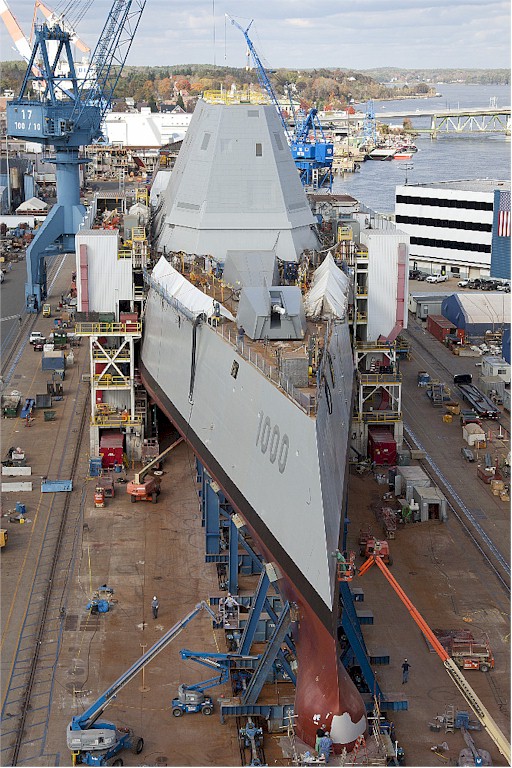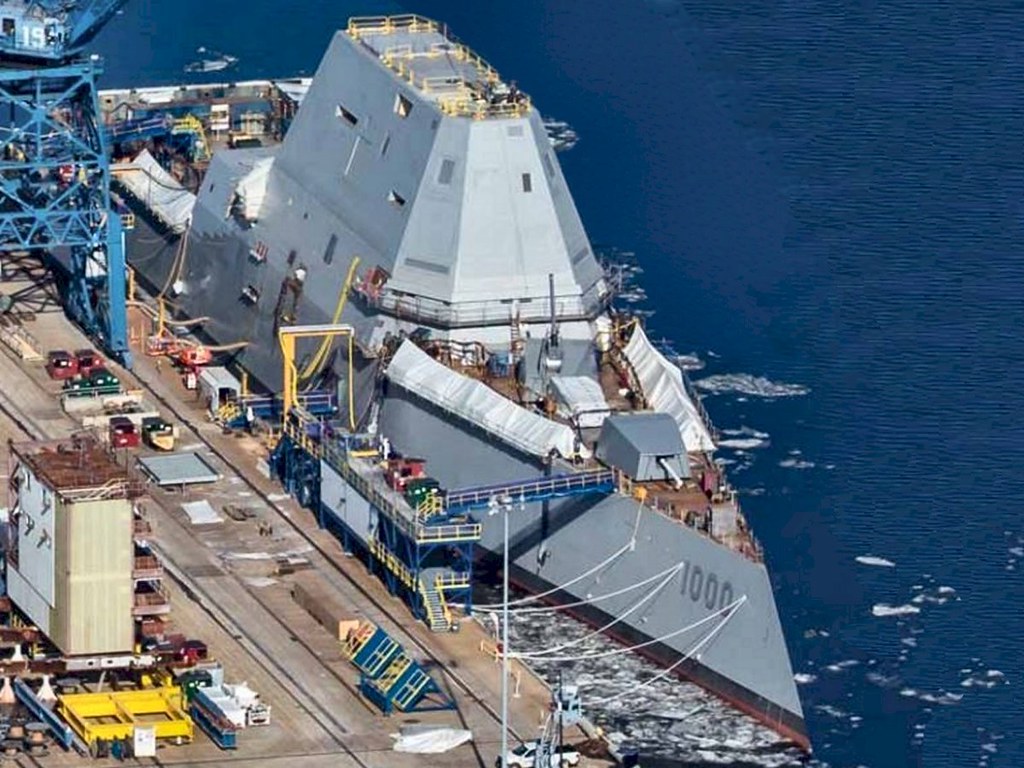A ship built by the CIA for a secret Cold War mission in 1974 to raise a sunken Soviet sub is heading to the scrap yard, a victim of the slide in oil prices.
Christened the Hughes Glomar Explorer, after billionaire Howard Hughes was brought in on the CIA's deception, the 619-foot vessel eventually became part of the fleet of ships used by Swiss company Transocean to drill for oil.
But the oil price rout means the former spy ship now called GSF Explorer is just one of 40 such offshore drilling rigs that have been consigned to scrap since last year.
It's the end of a story that began when a Soviet G-II sub called the K-129 sank in September 1968 "with all hands, 16,500 feet below the surface of the Pacific", according to an official U.S. Central Intelligence Agency (CIA) history.
The sub sank with nuclear-armed ballistic missiles and nearly 100 sailors, according to declassified documents at George Washington University's National Security Archive.
According to the CIA history of the mission, called "Project Azorian", the Soviet Union failed to locate the sub in a massive two-month search, but the United States found it, 1,500 miles (2,400 km) northwest of Hawaii.
The CIA wanted to get its hands on the nuclear missiles, as well as cryptography gear to break Soviet codes, but needed a cover story because any recovery ship would quickly be spotted by its Cold War foe.
The CIA brought billionaire Hughes in on the secret. Under a meticulously crafted fiction, the ship was built for Hughes at Pennsylvania's
building and Drydock Co, because he needed it to mine sea-bed manganese nodules.
"If the Russians had become aware of the real purpose of the mission, we'd have had to cancel it, and all the money would go down the drain," David Sharp, a 50-year CIA veteran from Maryland who was the 1974 mission's deputy for recovery operations, told Reuters in an interview.
Cover Blown
While the CIA has over the years lavished billions on covert planes and spacecraft, Jeffrey T. Richelson, a senior fellow at the National Security Archive, told Reuters: "They have not built anything so elaborate as the Glomar for such a limited mission".
Too wide for the Panama Canal, the Hughes Glomar Explorer, also named after the company Global Marine Inc. that designed it, rounded Cape Horn to reach the Pacific.
In August 1974, its huge mechanical claw raised a 145-foot section of the K-129 Soviet sub.
Sharp, now 81, who published "The CIA's Greatest Covert Operation" in 2011 after years of wrangling with the agency over classified material, acknowledged the audacious mission was not a complete operational success.
The claw failed, he said, and only the sub's bow, with the bodies of six Russian sailors but no missiles or code equipment, was brought to the surface.
The operation's secrecy was shattered after a June 1974 break-in at Hughes' Los Angeles headquarters, where the haul likely included a memo linking the mission to the billionaire.
The circle within the government and law enforcement that knew of the project widened. The Los Angeles Times ran a story in February 1975.
"The source of the leak was never identified," the CIA said. "With Glomar's cover blown, the White House canceled further recovery operations."
The Glomar's mission has a Cold War postscript: In 1992, then-CIA Director Robert Gates gave Russian President Boris Yeltsin a decades-old video of the six sailors' burial at sea.
A Glomar Response
Converted to a deepwater drill ship in 1997 and renamed the GSF Explorer, the vessel was bought by Transocean in 2010 and has been deployed by the world's largest offshore driller from the Gulf of Mexico to Angola.
Its stern has a helicopter landing pad and the vessel is topped by a towering 170-foot tall derrick, so it can drill to depths of up to 30,000 feet.
In its heyday, the ship was hired out for more than $400,000 a day, could house a crew of 160 and was held steady for drilling in heavy seas by 11 powerful thrusters.
But with falling oil prices approaching $40 a barrel and demand for exploration from companies such as Royal Dutch Shell and BP plunging, old ships without contracts or facing hefty maintenance bills are being culled.
Transocean, whose Deepwater Horizon drill rig explosion in 2010 in the Gulf of Mexico caused the largest offshore environmental disaster in U.S. history, condemned the GSF Explorer in April.
Altogether, the company is scrapping some 20 vessels, shelving deliveries of new ultra-deepwater drillships, forecasting $2 billion in writedowns and cancelling its interim dividend.
Houston's Diamond Offshore and London's Noble Corp have also consigned about a dozen ships to scrap since last year.
"We've seen the largest number of floaters being scrapped over two consecutive years," said Rystad Energy analyst Joachim Bjorni in Norway.
But no "floater" destined for the world's scrap yards is quite like the GSF Explorer.
Transocean declined to name the vessel's buyer, nor where it will be scrapped, fitting for a ship whose original name has become synonymous with U.S. government secrecy.
After the CIA's initial refusal to acknowledge its "Project Azorian" in 1975 with a "neither confirm or deny" reply, such answers became know as "Glomar responses".






